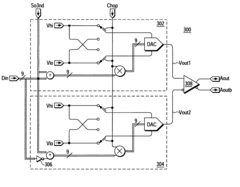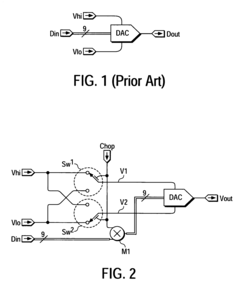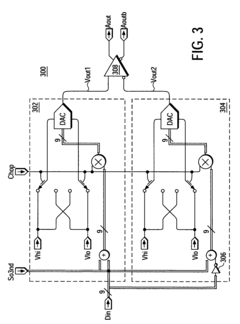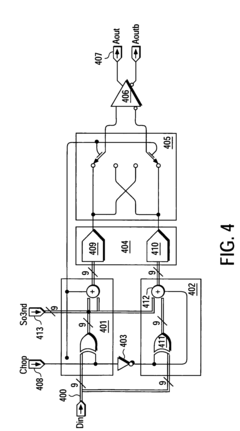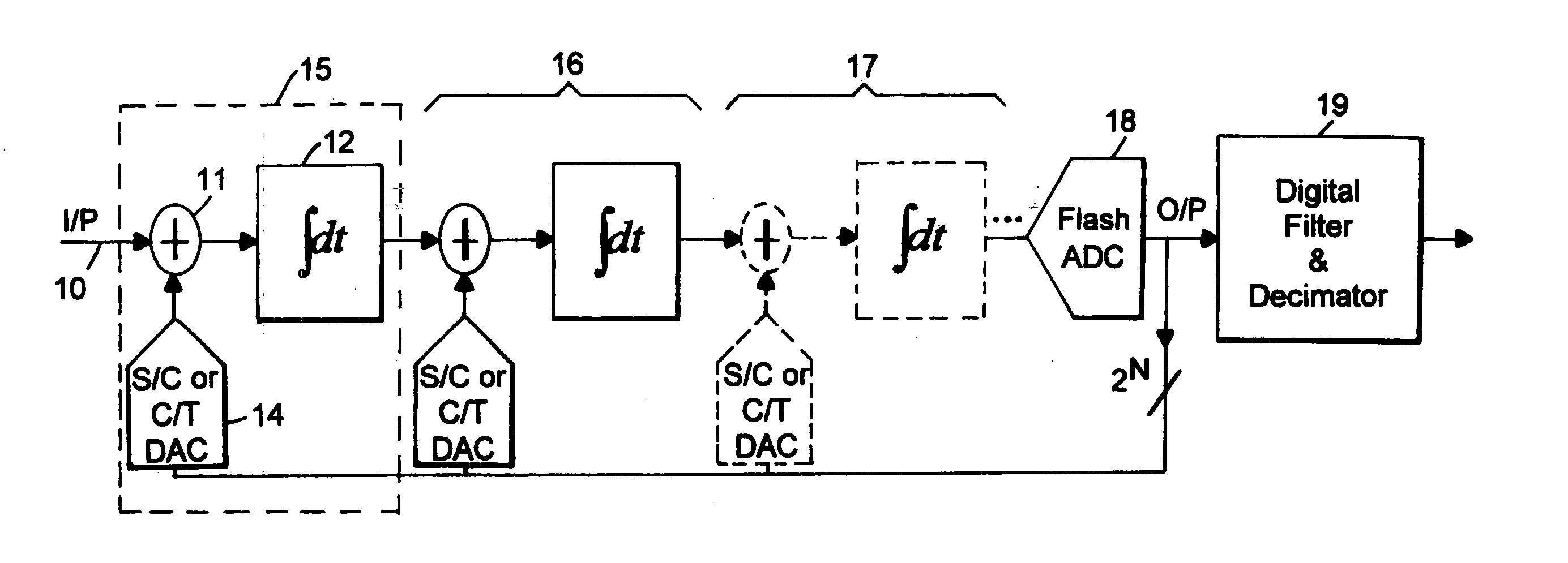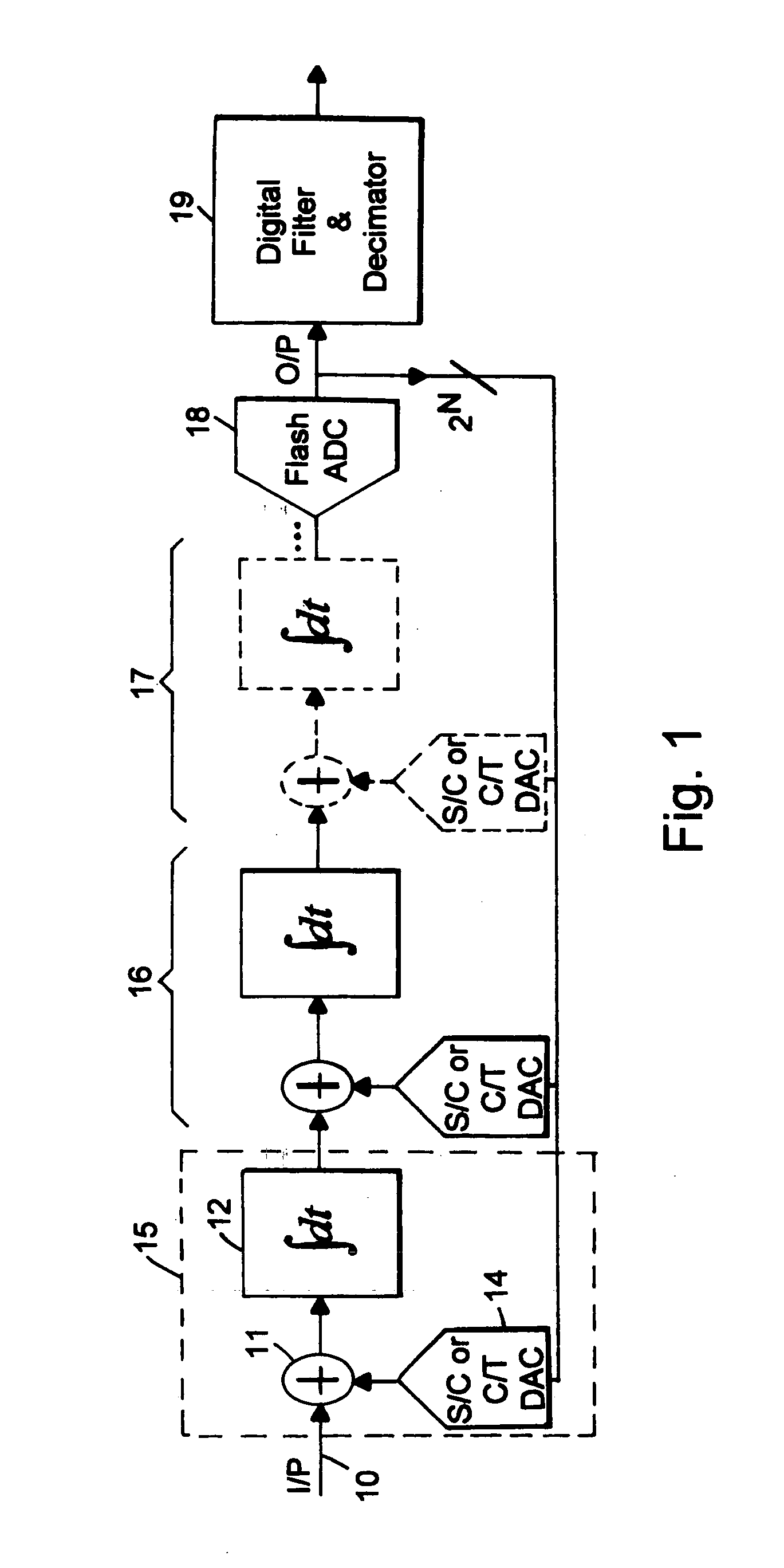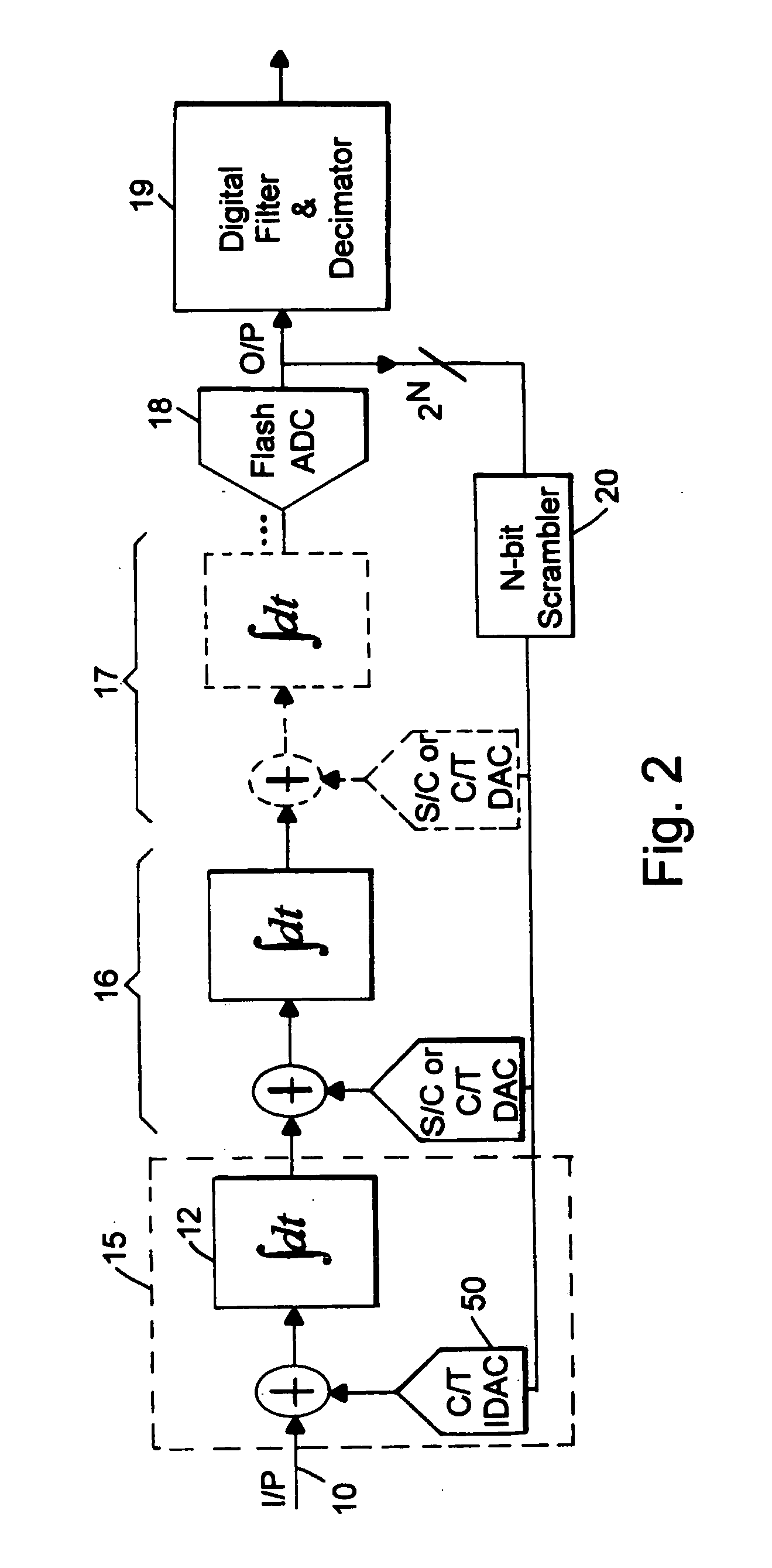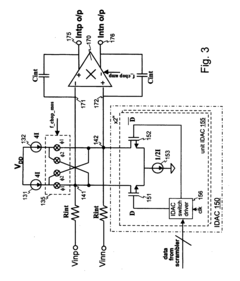LDAC in Audio Engineering: Trends and Innovations
JUL 4, 20258 MIN READ
Generate Your Research Report Instantly with AI Agent
Patsnap Eureka helps you evaluate technical feasibility & market potential.
LDAC Technology Evolution
LDAC (Low Latency Audio Codec) has undergone significant evolution since its introduction by Sony in 2015. Initially developed to address the limitations of existing Bluetooth audio codecs, LDAC has continuously improved to meet the growing demands of high-quality wireless audio transmission.
In its early stages, LDAC focused on achieving higher bitrates and better audio quality compared to standard Bluetooth codecs like SBC and AAC. The first generation of LDAC supported bitrates up to 990 kbps, a substantial improvement over the typical 328 kbps of AAC. This allowed for near-lossless audio transmission over Bluetooth, a significant milestone in wireless audio technology.
As the technology matured, Sony introduced adaptive bitrate capabilities to LDAC. This feature allowed the codec to dynamically adjust its bitrate based on the wireless connection quality, ensuring a more stable audio experience in varying environmental conditions. The adaptive bitrate ranged from 330 kbps to 990 kbps, with three distinct modes: 330 kbps (connection priority), 660 kbps (balanced), and 990 kbps (sound quality priority).
The next phase of LDAC's evolution focused on reducing latency while maintaining high audio quality. This was crucial for applications such as gaming and video streaming, where audio-visual synchronization is critical. Sony achieved this by optimizing the encoding and decoding processes, resulting in latency figures as low as 20ms in ideal conditions.
In recent years, LDAC has expanded its compatibility and integration with various devices and platforms. Initially exclusive to Sony products, the codec has been adopted by numerous smartphone manufacturers and audio device makers. This wider adoption has been facilitated by LDAC becoming part of the Android Open Source Project (AOSP) since Android 8.0 Oreo.
The latest developments in LDAC technology have centered on improving energy efficiency and expanding support for multi-channel audio. These advancements aim to address the growing demand for high-quality audio in true wireless stereo (TWS) earbuds and surround sound systems, where power consumption and complex audio processing are significant challenges.
Looking ahead, the evolution of LDAC is likely to continue in several directions. One potential area of development is further reducing latency while maintaining high bitrates, possibly through more advanced compression algorithms or leveraging newer Bluetooth standards. Another focus could be on enhancing the codec's adaptability to different audio content types, optimizing performance for speech, music, and ambient sounds independently.
In its early stages, LDAC focused on achieving higher bitrates and better audio quality compared to standard Bluetooth codecs like SBC and AAC. The first generation of LDAC supported bitrates up to 990 kbps, a substantial improvement over the typical 328 kbps of AAC. This allowed for near-lossless audio transmission over Bluetooth, a significant milestone in wireless audio technology.
As the technology matured, Sony introduced adaptive bitrate capabilities to LDAC. This feature allowed the codec to dynamically adjust its bitrate based on the wireless connection quality, ensuring a more stable audio experience in varying environmental conditions. The adaptive bitrate ranged from 330 kbps to 990 kbps, with three distinct modes: 330 kbps (connection priority), 660 kbps (balanced), and 990 kbps (sound quality priority).
The next phase of LDAC's evolution focused on reducing latency while maintaining high audio quality. This was crucial for applications such as gaming and video streaming, where audio-visual synchronization is critical. Sony achieved this by optimizing the encoding and decoding processes, resulting in latency figures as low as 20ms in ideal conditions.
In recent years, LDAC has expanded its compatibility and integration with various devices and platforms. Initially exclusive to Sony products, the codec has been adopted by numerous smartphone manufacturers and audio device makers. This wider adoption has been facilitated by LDAC becoming part of the Android Open Source Project (AOSP) since Android 8.0 Oreo.
The latest developments in LDAC technology have centered on improving energy efficiency and expanding support for multi-channel audio. These advancements aim to address the growing demand for high-quality audio in true wireless stereo (TWS) earbuds and surround sound systems, where power consumption and complex audio processing are significant challenges.
Looking ahead, the evolution of LDAC is likely to continue in several directions. One potential area of development is further reducing latency while maintaining high bitrates, possibly through more advanced compression algorithms or leveraging newer Bluetooth standards. Another focus could be on enhancing the codec's adaptability to different audio content types, optimizing performance for speech, music, and ambient sounds independently.
Audio Market Demand Analysis
The audio market has experienced significant growth and transformation in recent years, driven by technological advancements and changing consumer preferences. The demand for high-quality audio experiences has surged across various sectors, including consumer electronics, automotive, and professional audio equipment.
In the consumer electronics segment, the rise of wireless audio devices, particularly true wireless stereo (TWS) earbuds and smart speakers, has been a major catalyst for market expansion. The global TWS market is projected to grow at a compound annual growth rate (CAGR) of over 20% in the coming years, reflecting the strong consumer appetite for convenient, high-quality audio solutions.
The automotive industry has also become a key driver of audio market demand. As vehicles evolve into connected, entertainment-centric spaces, the importance of premium in-car audio systems has increased. Luxury and mid-range vehicle manufacturers are increasingly partnering with renowned audio brands to offer immersive sound experiences, contributing to the growth of the automotive audio market.
The professional audio equipment sector, encompassing studio recording, live sound reinforcement, and broadcast applications, continues to show steady growth. The increasing number of content creators, podcasters, and live streaming professionals has fueled demand for high-quality microphones, audio interfaces, and monitoring systems.
A notable trend in the audio market is the growing consumer interest in high-resolution audio formats. This trend aligns with the development of advanced audio codecs like LDAC, which enables the transmission of high-quality audio over Bluetooth connections. The demand for devices supporting high-resolution audio and codecs like LDAC is expected to increase as consumers become more discerning about audio quality.
The rise of spatial audio technologies, such as Dolby Atmos and Sony's 360 Reality Audio, has created new opportunities in both consumer and professional audio markets. These immersive audio formats are gaining traction in music streaming, gaming, and home theater applications, driving demand for compatible hardware and content.
The ongoing shift towards digital audio consumption through streaming platforms has also influenced market dynamics. As streaming services continue to improve audio quality and offer high-resolution tiers, there is a corresponding increase in demand for audio devices capable of reproducing these higher-quality streams.
In conclusion, the audio market is experiencing robust demand across multiple segments, driven by technological innovations, changing consumer behaviors, and the increasing importance of high-quality audio experiences in various aspects of daily life. The continued development of advanced audio technologies, including codecs like LDAC, is likely to further stimulate market growth and shape consumer expectations for audio quality in the coming years.
In the consumer electronics segment, the rise of wireless audio devices, particularly true wireless stereo (TWS) earbuds and smart speakers, has been a major catalyst for market expansion. The global TWS market is projected to grow at a compound annual growth rate (CAGR) of over 20% in the coming years, reflecting the strong consumer appetite for convenient, high-quality audio solutions.
The automotive industry has also become a key driver of audio market demand. As vehicles evolve into connected, entertainment-centric spaces, the importance of premium in-car audio systems has increased. Luxury and mid-range vehicle manufacturers are increasingly partnering with renowned audio brands to offer immersive sound experiences, contributing to the growth of the automotive audio market.
The professional audio equipment sector, encompassing studio recording, live sound reinforcement, and broadcast applications, continues to show steady growth. The increasing number of content creators, podcasters, and live streaming professionals has fueled demand for high-quality microphones, audio interfaces, and monitoring systems.
A notable trend in the audio market is the growing consumer interest in high-resolution audio formats. This trend aligns with the development of advanced audio codecs like LDAC, which enables the transmission of high-quality audio over Bluetooth connections. The demand for devices supporting high-resolution audio and codecs like LDAC is expected to increase as consumers become more discerning about audio quality.
The rise of spatial audio technologies, such as Dolby Atmos and Sony's 360 Reality Audio, has created new opportunities in both consumer and professional audio markets. These immersive audio formats are gaining traction in music streaming, gaming, and home theater applications, driving demand for compatible hardware and content.
The ongoing shift towards digital audio consumption through streaming platforms has also influenced market dynamics. As streaming services continue to improve audio quality and offer high-resolution tiers, there is a corresponding increase in demand for audio devices capable of reproducing these higher-quality streams.
In conclusion, the audio market is experiencing robust demand across multiple segments, driven by technological innovations, changing consumer behaviors, and the increasing importance of high-quality audio experiences in various aspects of daily life. The continued development of advanced audio technologies, including codecs like LDAC, is likely to further stimulate market growth and shape consumer expectations for audio quality in the coming years.
LDAC Technical Challenges
LDAC, as an advanced audio codec technology, faces several technical challenges in its implementation and widespread adoption. One of the primary hurdles is achieving high-quality audio transmission while maintaining low latency and efficient power consumption. This balance is crucial for wireless audio devices, particularly in battery-operated scenarios.
The codec's complex algorithm requires significant computational power, which can strain the resources of smaller devices. Optimizing the encoding and decoding processes without compromising audio quality remains an ongoing challenge. Additionally, ensuring compatibility across a wide range of devices and platforms presents difficulties, as not all hardware is capable of supporting LDAC's high-bitrate streaming.
Another technical challenge lies in maintaining consistent performance across varying network conditions. LDAC's adaptive bitrate feature, while beneficial, introduces complexity in real-time adjustments to ensure uninterrupted, high-quality audio streaming. This becomes particularly challenging in environments with fluctuating wireless connectivity.
The codec's proprietary nature also poses challenges for widespread adoption. As a Sony-developed technology, its integration into non-Sony devices requires licensing agreements, which can be a barrier for some manufacturers. This limitation can slow down the technology's proliferation in the broader audio ecosystem.
LDAC's high-resolution audio capabilities also present challenges in terms of storage and transmission. The increased file sizes associated with high-quality audio formats require more robust storage solutions and faster data transfer rates, which may not be readily available in all consumer devices or network infrastructures.
Furthermore, the pursuit of even higher audio quality and lower latency continues to push the boundaries of what's technically feasible. As consumer expectations for audio fidelity grow, LDAC faces the ongoing challenge of improving its compression algorithms to deliver near-lossless audio quality over Bluetooth connections, which have inherent bandwidth limitations.
Lastly, the integration of LDAC with emerging technologies such as 5G networks and Internet of Things (IoT) devices presents new technical hurdles. Adapting the codec to work seamlessly in these evolving technological landscapes while maintaining its core benefits of high-quality audio transmission is a significant challenge that requires continuous research and development efforts.
The codec's complex algorithm requires significant computational power, which can strain the resources of smaller devices. Optimizing the encoding and decoding processes without compromising audio quality remains an ongoing challenge. Additionally, ensuring compatibility across a wide range of devices and platforms presents difficulties, as not all hardware is capable of supporting LDAC's high-bitrate streaming.
Another technical challenge lies in maintaining consistent performance across varying network conditions. LDAC's adaptive bitrate feature, while beneficial, introduces complexity in real-time adjustments to ensure uninterrupted, high-quality audio streaming. This becomes particularly challenging in environments with fluctuating wireless connectivity.
The codec's proprietary nature also poses challenges for widespread adoption. As a Sony-developed technology, its integration into non-Sony devices requires licensing agreements, which can be a barrier for some manufacturers. This limitation can slow down the technology's proliferation in the broader audio ecosystem.
LDAC's high-resolution audio capabilities also present challenges in terms of storage and transmission. The increased file sizes associated with high-quality audio formats require more robust storage solutions and faster data transfer rates, which may not be readily available in all consumer devices or network infrastructures.
Furthermore, the pursuit of even higher audio quality and lower latency continues to push the boundaries of what's technically feasible. As consumer expectations for audio fidelity grow, LDAC faces the ongoing challenge of improving its compression algorithms to deliver near-lossless audio quality over Bluetooth connections, which have inherent bandwidth limitations.
Lastly, the integration of LDAC with emerging technologies such as 5G networks and Internet of Things (IoT) devices presents new technical hurdles. Adapting the codec to work seamlessly in these evolving technological landscapes while maintaining its core benefits of high-quality audio transmission is a significant challenge that requires continuous research and development efforts.
Current LDAC Implementations
01 LDAC codec implementation for high-quality audio transmission
LDAC is a high-resolution audio codec developed for Bluetooth audio transmission. It enables the transmission of high-quality audio data by efficiently encoding and compressing audio signals. The codec supports various bit rates and sampling frequencies, allowing for flexible adaptation to different audio sources and transmission conditions.- LDAC codec implementation for high-quality audio transmission: LDAC is a high-resolution audio codec developed for Bluetooth audio transmission. It enables the transfer of high-quality audio data over Bluetooth connections, offering improved sound quality compared to standard codecs. The implementation of LDAC in audio devices allows for better preservation of audio details and a wider frequency range.
- Audio quality enhancement through adaptive bit rate allocation: Adaptive bit rate allocation techniques are used to optimize audio quality in LDAC transmissions. These methods dynamically adjust the bit rate based on network conditions and audio content, ensuring the best possible audio quality while maintaining stable connections. This approach helps to minimize audio artifacts and dropouts in varying transmission environments.
- Integration of LDAC with audio processing systems: LDAC codec is integrated into various audio processing systems to enhance overall audio quality. This integration involves optimizing audio signal processing, implementing efficient encoding and decoding algorithms, and ensuring compatibility with different audio formats and devices. The goal is to provide a seamless high-quality audio experience across various platforms and applications.
- Error correction and packet loss concealment in LDAC: To maintain high audio quality, LDAC implementations incorporate advanced error correction and packet loss concealment techniques. These methods help to mitigate the effects of data loss or corruption during transmission, ensuring that the received audio remains of high quality even in challenging network conditions.
- Psychoacoustic modeling for LDAC audio compression: LDAC utilizes psychoacoustic modeling techniques to achieve efficient audio compression while maintaining high perceived audio quality. This approach takes into account human auditory perception to optimize the encoding process, allowing for the preservation of critical audio information and the removal of perceptually irrelevant data.
02 Audio quality enhancement through signal processing
Various signal processing techniques are employed to enhance audio quality in LDAC systems. These may include noise reduction, dynamic range compression, and frequency response correction. Advanced algorithms are used to optimize the audio signal before encoding, ensuring the best possible quality within the constraints of the transmission system.Expand Specific Solutions03 Adaptive bit rate and sampling frequency selection
LDAC systems can dynamically adjust bit rates and sampling frequencies based on network conditions and device capabilities. This adaptive approach ensures optimal audio quality while maintaining stable transmission. The system can switch between different quality modes to balance audio fidelity and connection stability.Expand Specific Solutions04 Integration with audio playback devices and systems
LDAC technology is integrated into various audio playback devices and systems, including smartphones, wireless headphones, and home audio systems. This integration involves hardware and software optimizations to ensure seamless operation and high-quality audio reproduction across different platforms and devices.Expand Specific Solutions05 Compatibility and interoperability with other audio codecs
LDAC is designed to be compatible and interoperable with other audio codecs and transmission protocols. This ensures broad device support and allows for graceful fallback to alternative codecs when LDAC is not available. The system can negotiate the best available codec for each connection, maximizing audio quality across different device combinations.Expand Specific Solutions
Key LDAC Industry Players
The LDAC audio engineering market is in a growth phase, with increasing demand for high-quality wireless audio solutions. The market size is expanding rapidly, driven by the growing adoption of wireless headphones and speakers. Technologically, LDAC is maturing, with major players like Sony (the technology's developer) and Fraunhofer-Gesellschaft leading innovation. Companies such as Harman Becker Automotive Systems, Qualcomm, and MediaTek are integrating LDAC into their audio solutions, while semiconductor manufacturers like STMicroelectronics and Texas Instruments are developing compatible hardware. The competitive landscape is evolving as more companies license and implement LDAC technology, with a focus on improving audio quality and energy efficiency in wireless audio devices.
Apple, Inc.
Technical Solution: Apple has been working on integrating LDAC technology into their audio ecosystem. While not the original developers of LDAC, Apple has been focusing on optimizing the codec for their devices. They have been exploring ways to implement LDAC in their AirPods and other audio products to provide higher quality wireless audio[4]. Apple's approach includes developing custom silicon to efficiently process LDAC streams, potentially reducing power consumption while maintaining audio quality[5]. They are also working on seamless integration of LDAC with their existing AAC codec to provide a smooth transition between different audio quality levels[6].
Strengths: Seamless integration with Apple ecosystem, potential for custom hardware optimization. Weaknesses: Limited to Apple devices, may not be fully compatible with other LDAC implementations.
QUALCOMM, Inc.
Technical Solution: Qualcomm has been actively developing and improving LDAC technology for mobile devices. Their approach focuses on integrating LDAC into their Snapdragon Sound technology suite. Qualcomm's implementation of LDAC supports up to 24-bit/96kHz audio quality over Bluetooth[7]. They have also been working on reducing latency in LDAC transmission, achieving as low as 75ms end-to-end latency[8]. Qualcomm's recent innovations include dynamic switching between LDAC and other codecs based on audio content and network conditions, optimizing both quality and power efficiency[9].
Strengths: Wide adoption in Android devices, low latency, integration with other Qualcomm audio technologies. Weaknesses: Dependent on Qualcomm hardware, potential compatibility issues with non-Qualcomm devices.
LDAC Core Patents Analysis
Audio digital to analog converter with harmonic suppression
PatentInactiveUS6987475B2
Innovation
- The solution involves using digital signal processing techniques to correct errors in low-end DACs by reversing the roles of signal bounds and negating the input signal, combined with a sinusoidal common mode signal to suppress both even and odd harmonics, effectively moving error terms out of the frequency band.
Differential front-end continuous-time sigma-delta ADC using chopper stabilisation
PatentActiveUS20060139192A1
Innovation
- A multi-bit continuous-time sigma-delta ADC with a front-end integrator stage and a multi-bit feedback current digital-to-analog converter (IDAC) that incorporates chopping switches and a scrambler to reduce flicker noise, allowing for smaller device areas and improved noise performance, and a chopper-stabilized integrator amplifier to mitigate clock jitter sensitivity.
Bluetooth Audio Standards
Bluetooth audio standards have undergone significant evolution since the introduction of the technology in the late 1990s. These standards define the protocols and specifications for transmitting audio data wirelessly between devices, ensuring interoperability and consistent performance across different manufacturers' products.
The Advanced Audio Distribution Profile (A2DP) was introduced in 2003 as one of the first Bluetooth audio standards. It enabled the streaming of high-quality stereo audio over Bluetooth connections, revolutionizing wireless audio capabilities for portable devices. A2DP supports various audio codecs, including SBC (Sub-Band Coding), which is mandatory for all A2DP-compatible devices.
In 2009, the introduction of aptX codec by Qualcomm marked a significant improvement in Bluetooth audio quality. aptX offered lower latency and higher bit rates compared to SBC, providing near-CD quality audio over Bluetooth connections. This was followed by aptX HD in 2016, which further enhanced audio quality by supporting 24-bit audio depth.
The Audio/Video Remote Control Profile (AVRCP) was developed to complement A2DP, allowing users to control media playback on their Bluetooth audio devices. This standard has seen several updates, with the latest version (1.6) supporting advanced features like browsing media libraries and displaying metadata.
In 2020, the Bluetooth Special Interest Group (SIG) introduced LE Audio, a new standard built on Bluetooth Low Energy technology. LE Audio brings several improvements, including the LC3 (Low Complexity Communication Codec) for better audio quality at lower bit rates, multi-stream audio for connecting multiple devices simultaneously, and broadcast audio capabilities.
LDAC, developed by Sony, represents another significant advancement in Bluetooth audio standards. Introduced in 2015, LDAC supports high-resolution audio transmission up to 990 kbps, significantly higher than previous codecs. It allows for near lossless audio quality over Bluetooth, making it particularly appealing for audiophiles and high-end audio applications.
The continuous evolution of Bluetooth audio standards reflects the industry's commitment to improving wireless audio experiences. These advancements have not only enhanced audio quality but also expanded the possibilities for wireless audio applications, from personal audio devices to smart home systems and automotive infotainment.
The Advanced Audio Distribution Profile (A2DP) was introduced in 2003 as one of the first Bluetooth audio standards. It enabled the streaming of high-quality stereo audio over Bluetooth connections, revolutionizing wireless audio capabilities for portable devices. A2DP supports various audio codecs, including SBC (Sub-Band Coding), which is mandatory for all A2DP-compatible devices.
In 2009, the introduction of aptX codec by Qualcomm marked a significant improvement in Bluetooth audio quality. aptX offered lower latency and higher bit rates compared to SBC, providing near-CD quality audio over Bluetooth connections. This was followed by aptX HD in 2016, which further enhanced audio quality by supporting 24-bit audio depth.
The Audio/Video Remote Control Profile (AVRCP) was developed to complement A2DP, allowing users to control media playback on their Bluetooth audio devices. This standard has seen several updates, with the latest version (1.6) supporting advanced features like browsing media libraries and displaying metadata.
In 2020, the Bluetooth Special Interest Group (SIG) introduced LE Audio, a new standard built on Bluetooth Low Energy technology. LE Audio brings several improvements, including the LC3 (Low Complexity Communication Codec) for better audio quality at lower bit rates, multi-stream audio for connecting multiple devices simultaneously, and broadcast audio capabilities.
LDAC, developed by Sony, represents another significant advancement in Bluetooth audio standards. Introduced in 2015, LDAC supports high-resolution audio transmission up to 990 kbps, significantly higher than previous codecs. It allows for near lossless audio quality over Bluetooth, making it particularly appealing for audiophiles and high-end audio applications.
The continuous evolution of Bluetooth audio standards reflects the industry's commitment to improving wireless audio experiences. These advancements have not only enhanced audio quality but also expanded the possibilities for wireless audio applications, from personal audio devices to smart home systems and automotive infotainment.
LDAC Energy Efficiency
LDAC's energy efficiency is a critical aspect of its implementation in audio engineering, particularly in the context of portable and battery-powered devices. The codec's design prioritizes high-quality audio transmission while minimizing power consumption, making it an attractive option for wireless audio applications.
One of the key factors contributing to LDAC's energy efficiency is its adaptive bit rate mechanism. This feature allows the codec to dynamically adjust its data transmission rate based on the available bandwidth and signal strength. By optimizing the bit rate, LDAC can reduce unnecessary data transmission and, consequently, lower power consumption without compromising audio quality.
The codec's efficient compression algorithms also play a significant role in its energy-saving capabilities. LDAC employs advanced psychoacoustic modeling and spectral analysis techniques to identify and prioritize the most perceptually relevant audio information. This approach allows for a more efficient use of available bandwidth, reducing the overall data transmission requirements and, in turn, decreasing power consumption.
LDAC's implementation of error concealment and packet loss mitigation strategies further enhances its energy efficiency. By minimizing the need for retransmissions and error correction, the codec reduces the overall data transfer volume, leading to lower power consumption in both the transmitting and receiving devices.
The codec's scalability across different bit rates (330 kbps, 660 kbps, and 990 kbps) provides flexibility in balancing audio quality and power consumption. This adaptability allows device manufacturers to optimize their products for specific use cases and battery life requirements, catering to a wide range of consumer needs.
Recent innovations in LDAC have focused on further improving its energy efficiency. These advancements include optimized encoding and decoding processes, more efficient buffer management, and improved integration with low-power hardware components. Such improvements have resulted in reduced computational complexity and lower power draw during audio processing and transmission.
Comparative studies have shown that LDAC generally outperforms other high-quality Bluetooth audio codecs in terms of energy efficiency, especially at higher bit rates. This advantage becomes particularly evident in scenarios requiring extended playback times or in devices with limited battery capacity.
As the demand for high-quality wireless audio continues to grow, LDAC's energy efficiency remains a crucial factor in its adoption and ongoing development. Future iterations of the codec are expected to focus on further optimizing power consumption while maintaining or improving audio quality, potentially through the integration of machine learning algorithms for more intelligent compression and transmission strategies.
One of the key factors contributing to LDAC's energy efficiency is its adaptive bit rate mechanism. This feature allows the codec to dynamically adjust its data transmission rate based on the available bandwidth and signal strength. By optimizing the bit rate, LDAC can reduce unnecessary data transmission and, consequently, lower power consumption without compromising audio quality.
The codec's efficient compression algorithms also play a significant role in its energy-saving capabilities. LDAC employs advanced psychoacoustic modeling and spectral analysis techniques to identify and prioritize the most perceptually relevant audio information. This approach allows for a more efficient use of available bandwidth, reducing the overall data transmission requirements and, in turn, decreasing power consumption.
LDAC's implementation of error concealment and packet loss mitigation strategies further enhances its energy efficiency. By minimizing the need for retransmissions and error correction, the codec reduces the overall data transfer volume, leading to lower power consumption in both the transmitting and receiving devices.
The codec's scalability across different bit rates (330 kbps, 660 kbps, and 990 kbps) provides flexibility in balancing audio quality and power consumption. This adaptability allows device manufacturers to optimize their products for specific use cases and battery life requirements, catering to a wide range of consumer needs.
Recent innovations in LDAC have focused on further improving its energy efficiency. These advancements include optimized encoding and decoding processes, more efficient buffer management, and improved integration with low-power hardware components. Such improvements have resulted in reduced computational complexity and lower power draw during audio processing and transmission.
Comparative studies have shown that LDAC generally outperforms other high-quality Bluetooth audio codecs in terms of energy efficiency, especially at higher bit rates. This advantage becomes particularly evident in scenarios requiring extended playback times or in devices with limited battery capacity.
As the demand for high-quality wireless audio continues to grow, LDAC's energy efficiency remains a crucial factor in its adoption and ongoing development. Future iterations of the codec are expected to focus on further optimizing power consumption while maintaining or improving audio quality, potentially through the integration of machine learning algorithms for more intelligent compression and transmission strategies.
Unlock deeper insights with Patsnap Eureka Quick Research — get a full tech report to explore trends and direct your research. Try now!
Generate Your Research Report Instantly with AI Agent
Supercharge your innovation with Patsnap Eureka AI Agent Platform!
